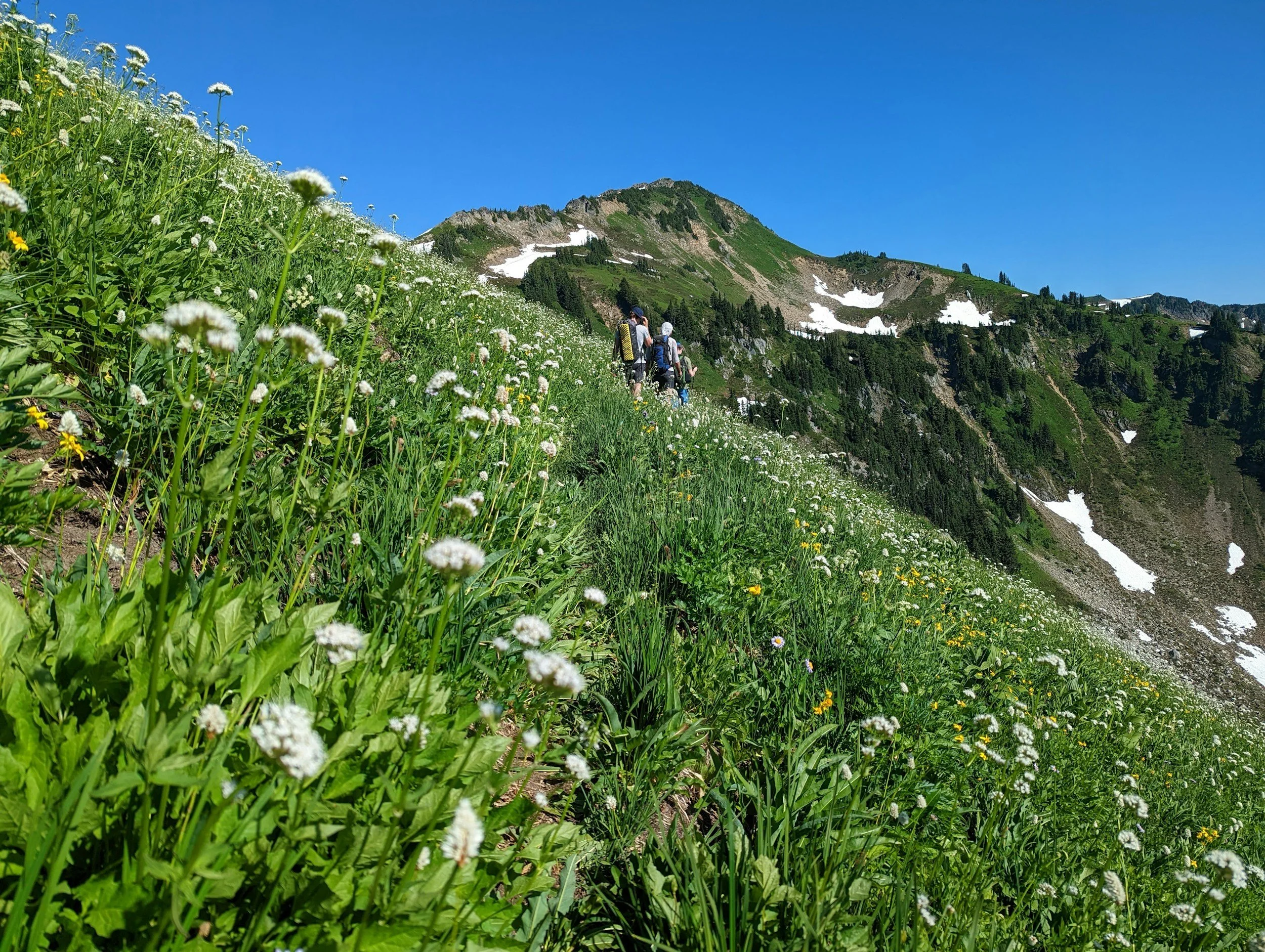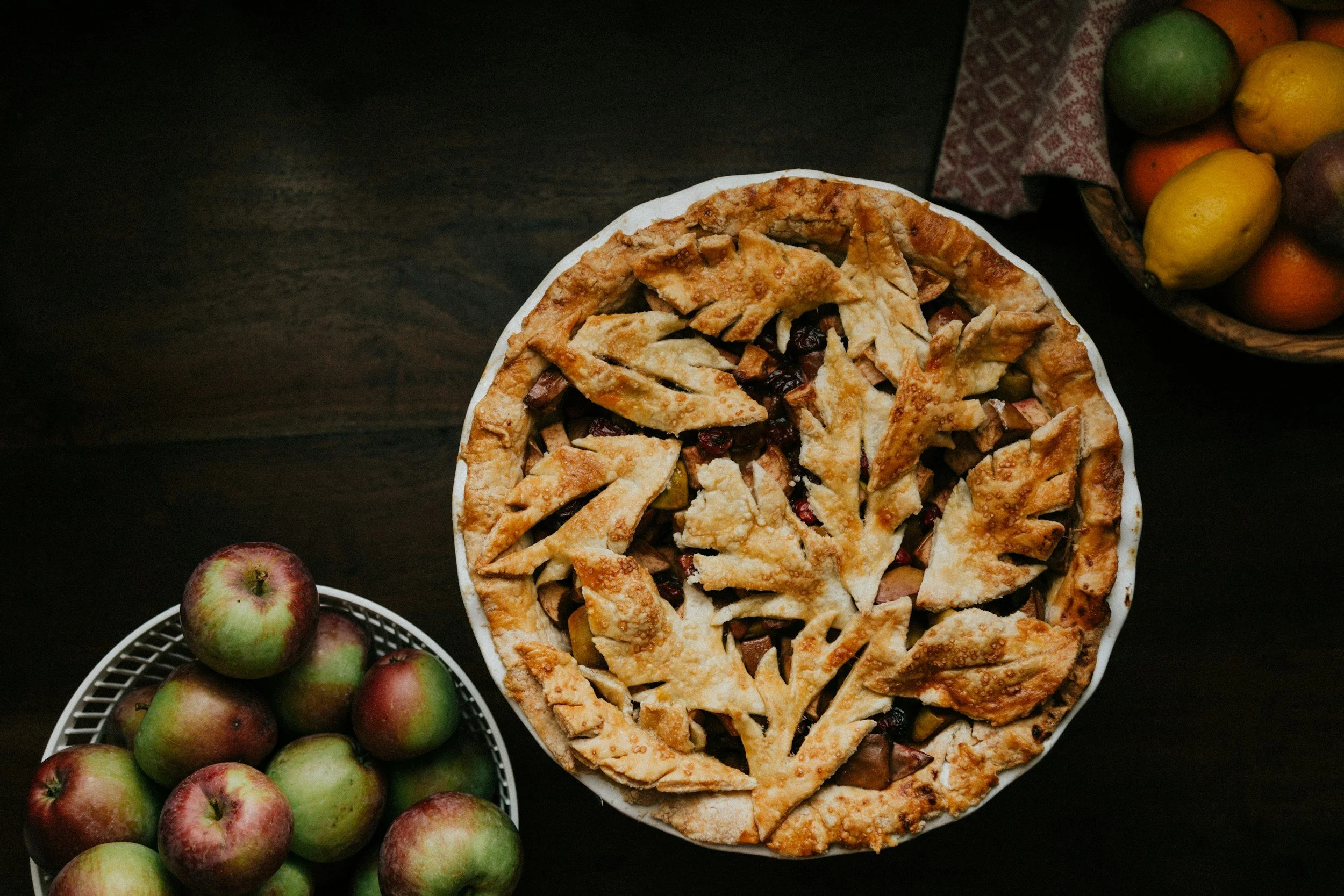I met up with a good friend recently. We’ve known each other since university, where we shared rooms, so we have a lot of common ground - including the obligatory shared embarrassing memories! Our youthful misdemeanours have given us a special bond, although I sometimes wonder how on earth our landlord put up with us.
Biking in Boulder
Finding my voice
Finding safety again
When you live with chronic pain, ‘safety’ might not be the first word that comes to mind. You might be more familiar with tension, tightness and the constant background hum of worry, wondering when the next flare-up will come. But what if feeling safe enough was actually one of the keys to helping your body and brain heal?
Climbing and connecting
Many years ago, a dear friend of mine asked me to be godmother to her daughter Jess. I’ve loved following Jess’s development from infant to competent professional, but over the years there’s been little opportunity for us to catch up, for a variety of reasons. I often need a nudge to contact her outside of Christmas and birthdays.
Simon’s story
From Resistance to Release
We’ve all been there - that heavy, dragging feeling when we just don’t want to do something. It could be a workout, a difficult conversation, tidying the house or sitting down to a creative project. There’s a quiet tug inward, a little voice that whispers ‘not now… maybe later’. Resistance creeps in subtly, sometimes disguised as tiredness, distraction or apathy. If we’re not careful, it can pull us into full withdrawal, disconnected from what we intuitively know is good for us.
Chris’s story
When Chris* reached out to me he’d been experiencing chronic back pain for almost a year and low, grumbling pain for far longer. It was only when it had become unbearable that he contacted me.
A great sadness was how much his world had shrunk. He’d loved sport and playing Tag Rugby in particular, as well as enjoying the social life that accompanied it. Now none of this was possible because of the debilitating back pain.
Self-limiting beliefs
A sense of belonging
On Christmas Day last year I agreed to join a group of visiting family and close neighbours for a quick dip in the sea. It was my brother-in-law who led the charge, proclaiming that he’d only go in if we all did. Never one to duck a challenge, I raced to get ready. It felt wonderful to be part of a large, rowdy group leaping into the freezing cold water. The experience was brief but exhilarating, and as we sauntered home we chatted about how lovely it would be to do this regularly.
One of my neighbours did some investigating and discovered there was a small local group who swam occasionally. He asked to join them and went a couple of times, but I didn’t. For some reason I was reluctant to ask if I could join, and remained hovering on the outside.
It felt different when, more recently, I was invited by a group of friends to swim in the sea to celebrate the solstice. This sounded to me like a wonderful idea. Several of them regularly celebrate the solstice at organized events, dressing up and having tremendous fun, but I’d never been able to join them. This sounded like a happy alternative and I couldn’t wait to take part.
I threw on my swimming costume and gathered up warm clothes and a towel. Only as I approached the beach did I start to feel a little apprehensive. Don’t panic, I told myself, you’ve done this before. It’s all good. I spotted a small group of women and a couple of children along the beach and went to join them. Introductions over, the excited chatter died down and a serious silence fell as we began to get ready.
It was then that I began to feel inadequate and unprepared. The others peeled off warm layers of clothing and put on hats, swimming gloves and socks. The only thing I’d got was swimming socks as I hate the feeling of stones under my feet. What was I doing here? I fought the feeling that I didn’t belong.
Without warning, several women whooped and began running towards the sea. One of the children joined in but the other declared she was just going to watch. I felt she might have the right idea and hesitated. Then I caught the adrenaline and general excitement, and bounded towards the water. I waded for what felt like minutes (probably only seconds), scooped up water and swam. Oh my goodness, it was chilly! Others were yelping around me and one experienced swimmer had a large red float which also told her the water temperature - unquestionably too cold. We swam for a few minutes and raced back out.
Several enthusiastic swimmers yelled ‘It’s always warmer the second time you go in!’ and I turned and hovered. I was saved by the child who looked appealingly at me and another swimmer, saying he was just too cold to go back in. We generously agreed to get out with him so his mum could stay in the sea, and wrapped him up in his towel. I was grateful to him as it helped me feel better about myself and less like a wimp.
As everyone returned to the beach we shared hot tea and cakes. The excitable chatter was punctuated by breathless balancing moments as we struggled into dry, warm clothes. When one of the women casually asked me ‘So shall I add you to our WhatsApp Swim group?’ I readily agreed. Wishing each other a happy solstice, we dispersed.
I may have felt like an outsider to begin with, my dignity had been battered and I’d certainly been pushed a little out of my comfort zone, but ultimately it felt good to be among such a welcoming group and to share the experience together. In time, and after a few more swims, I may feel able to say I belong.








